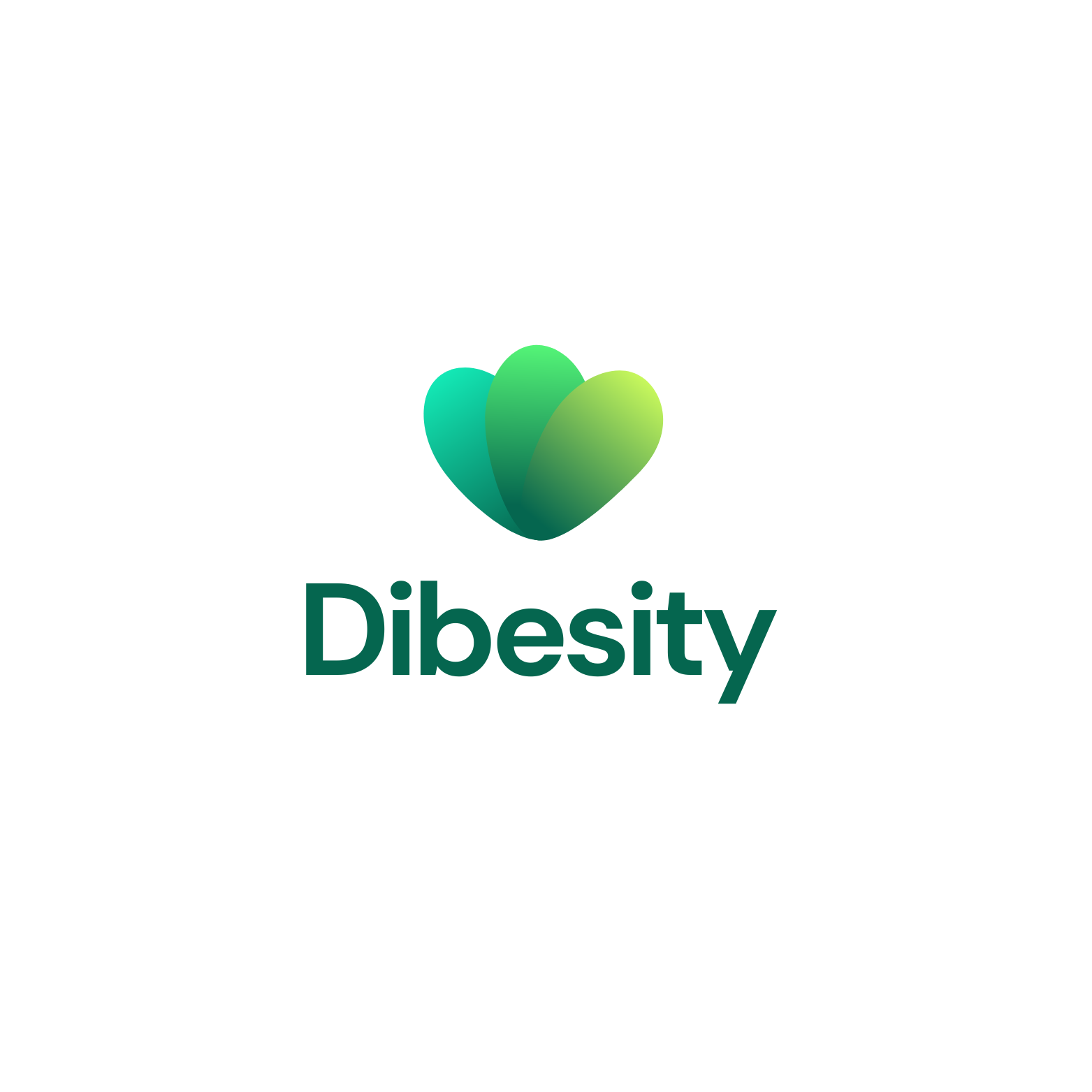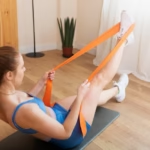Whether your knees hurt when standing, your back hurts after chores, or you feel sick at the thought of going to the gym, you’re not alone.
Pain changes how you move, and fear of making things worse keeps you stuck. You may have tried programs that were punishing or cookie-cutter that wanted you to do it their way. You may have concluded that exercise just isn’t for you. That story can change.
Low-impact exercise gives you a way in. It is gentle on joints yet powerful for your heart, muscles, and mood. Low-impact does not mean low results.
It means you choose movements that reduce pounding while still letting you work at a level that feels challenging and safe. The goal is simple: help you feel better today and build the capacity to do more tomorrow.
With joint-friendly options and clear cues, you can train with confidence, not fear. Let’s create a plan that respects your body and gives you wins early.
Why Low-Impact Works for Painful Joints?
“Impact” is the jolt your joints feel when your foot hits the ground or your body lands from a step. “Intensity” is how hard your heart and muscles are working.
You can keep intensity moderate while reducing impact by choosing smoother motions like cycling, water walking, or controlled strength work. Less pounding means happier cartilage, ligaments, and tendons.
Stronger muscles act like shock absorbers. When your hips, thighs, and core share the load, your knees and spine don’t have to do as much.
Improved circulation brings nutrients to cartilage, which doesn’t have a direct blood supply. Over weeks, many people notice less stiffness, easier movement, and better balance. That’s the compounding effect we’re after.
Safety First—Your Smart Start
If you have uncontrolled blood pressure, chest pain, unexplained shortness of breath, fainting, active swelling or redness in a joint, or new calf pain, talk with a clinician before you begin.
If you have diabetes, heart disease, or a recent surgery, a quick check-in can tailor this plan to you. Most people can start with light movement today while keeping a few rules.
Warm up with a gentle range of motion and easy marching for three to five minutes until you feel warmer and can breathe a bit deeper.
Cool down with slower movement and simple stretches for the areas you worked. During sessions, use the “pain rule”: aim to keep pain at or under 3 out of 10 both during the session and the day after. A mild, achy muscle feeling is okay. Sharp, catching, or swelling pain is a stop sign.
Workload can be set up using two simple gauges. The talk test works where you can carry on a sentence or two of conversation, but can’t sing when in a moderate zone.
The Rate of Perceived Exertion (RPE) gives a 0-10 scale (out of 10) where 0 is resting and 10 is your maximal effort and discomfort.
For a beginner with joint pain, you should be aiming for an RPE of 3 to 5. This is a good, effective, and safe zone to start at.
Even if it seems “too easy” and not much of a workout, start there. Consistency is much better than being a hero!
Joint-Friendly Cardio You Can Trust
1. Aqua aerobics
These can feel miraculous for achy joints. The buoyancy causes a relief of body weight, and the resistance develops muscles in all directions.
You can do this without swimming skills! Simply walk forward and backward in chest-deep water, swing your arms comfortably, and keep your chest up.
For beginners, aim for approximately 10-20 minutes at RPE 3-4. Most arthritis organizations promote water exercise because they find it reduces pain and builds confidence.
2. Recumbent cycling
Recumbent cycling supports your back and distributes the pressure across a wider seat surface. If possible, adjust the seat so that your knee is slightly bent at the bottom of the pedal stroke, not fully extended and locked out.
Start with a smooth cadence of any speed you are comfortable with for the first try, perhaps 50-70 revolutions per minute.
Be relaxed and comfortable with your shoulders and have no tension in your hands. The only thing you want to think about is “round circles” or “smooth circles” around with your feet. Ten to fifteen minutes can be enough time on day one.
3. Elliptical Exercises
An elliptical with moving handles gives a gliding motion that reduces ground impact while training your heart and legs.
Begin with a shorter stride length and an easy resistance so your knees feel smooth. Stand tall, keep your eyes on the horizon, and avoid gripping hard.
Let your arms share the work with your legs. If your knees feel cranky, shorten the stride and slow the cadence until it feels fluid.
4. Treadmill
Walking intervals on flat ground or a treadmill are simple and effective. Choose a flat surface first; incline adds load to knees and Achilles tendons.
Use short steps and a quick cadence, like the rhythm of a favorite song. Try one to two minutes at a brisk but talkable pace, followed by one minute easier, and repeat for a handful of cycles.
If a treadmill feels harsh, walk outdoors on even ground or an indoor track.
5. Chair-based cardio
Chair-based cardio is a great option when standing is painful or when you’re not confident in your balance. Sit tall at the front of a strong chair, with your feet firmly planted.
March your legs and swing your arms, adding small punches to the front or overhead if possible. If you feel ready, you can also add in 30 seconds of fast marching and then follow it with 30 seconds of slower marching.
You can also practice a flow of sit-to-stand now as well. Move a little forward in the chair, hinge at your hips, push through your heels, stand up straight, take a breath, and then return with control. Use your hands on the chair and/or countertop for support as needed.
6. Tai Chi
Tai chi or qigong involves slow, controlled movements with deep breathing that enhance balance, coordination, and joint “nutrition” by moving fluid through the joints.
Begin with short sessions with a guided video or with a local beginner class. Move within your comfortable range and work towards a tall posture with soft knees.
Mitigated pain and more manageable walking can often be noted by many after a few sessions, which is why it is often recommended by arthritis groups.
Gentle Strength and Core That Protect Joints
1. Pilates
Beginner Pilates or core activation teaches your deep “corset” muscles to support the spine and hips. On a mat, lie on your back with knees bent and feet hip-width apart.
Find a neutral spine so your low back keeps its natural curve. Practice pelvic tilts: gently exhale as you draw your belly in and tip your pelvis to flatten the small of your back against the mat, then inhale to release to neutral.
Add small bridges by pressing through your heels and lifting your hips an inch or two if comfortable. Keep effort around RPE 3–4 for sets of 30–45 seconds, then rest.
2. Resistance Bands
Resistance bands and isometric holds build strength with little compression on the joints. Anchor a light band in a doorframe for an easy row, keeping your elbows in and shoulders down.
During a partial squat, press a band outwards around your thighs to wake up your hip stabilizers.
Isometrics, such as pressing your hands into the wall, or holding a band pull-apart, provide the “time under tension” that trains your muscles while your joints are still. Aim to hold for 10–20 seconds, breathe normally, and shake it out between sets.
Pain, Progress, and Plateaus
The day after a session, scan your body. Mild muscle soreness that fades over 24–48 hours is a normal “we trained” signal.
Joint warning signs include swelling, warmth, sharp pain, or stiffness that lingers or worsens into the next day.
If you see those, cut the next session’s volume in half, lower the effort, or switch to a different modality like water or chair work until things settle.
Pacing is a skill. Use micro-breaks during cardio walk or pedal for two to three minutes, then coast or march gently for one minute.
Alternate modalities through the week so no single joint gets hammered. If your knees grumble, lean on cycling and water for a while.
If your back feels tight, choose Pilates-style core and tai chi for a few sessions. Track wins beyond the scale.
Note energy, sleep, mood, and how many stairs or minutes you tolerate. Those are valid markers of progress that often shift first.
Start Today with One Small Win
You don’t need a perfect plan or a pain-free day to begin. Pick one option that feels doable and set a five-minute practice for today.
March in a chair while a song plays, stand and sit a few times with support, or walk for one minute out and one minute back.
Keep pain under 3 out of 10, breathe steadily, and finish with a smile. Your joints respond to what you do most, not what you do once. Start now, build slow, and let each small win stack into something big.
- 97% Pure Berberine Powder – High-purity, plant-derived extract with a rich yellow color. Carefully processed and lab-tes…
- Naturally Bitter Taste – Berberine has a strong, naturally bitter flavor. Best enjoyed when mixed with smoothies, tea, c…
- 100g in Resealable Foil Pouch – Packaged in a premium aluminum pouch to protect from moisture and light, keeping the pow…

- 5 Delicious Flavors: Freeze-Dried Mango, Freeze-Dried Blueberry, Freeze-Dried Orange, Freeze-Dried Dragon Fruit & Freeze…
- Pure and Natural Ingredients: Our fruit powders are made without synthetic pesticides, GMOs, or harmful chemicals. Each …
- Health Benefits: Our carefully selected fruits are packed with antioxidants, vitamins, fiber, and digestive enzymes to s…






